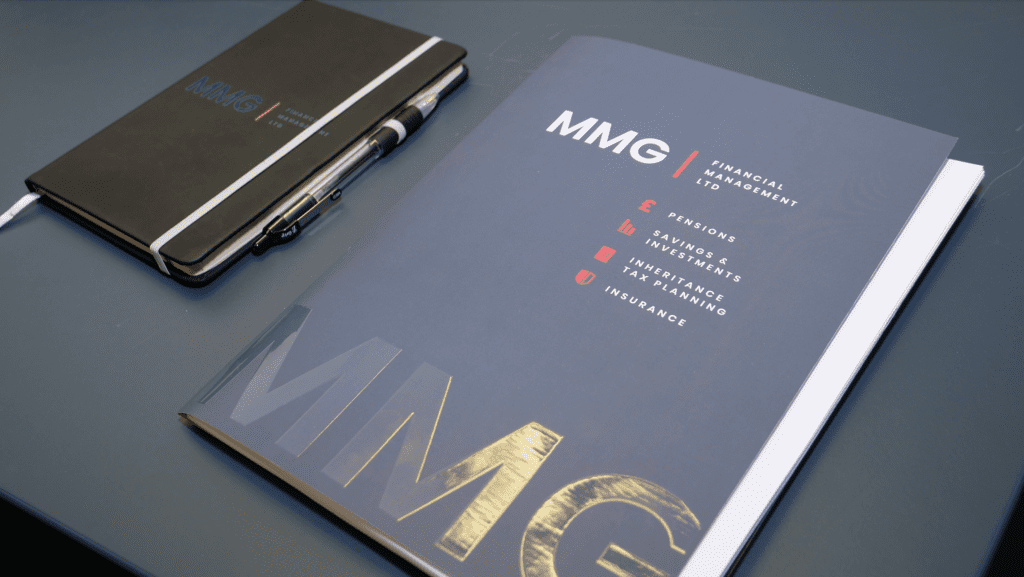While January resolutions may have faded, there’s still time for a fresh start when it comes to your finances. As the April 5 tax-year-end approaches, now is the time to review your financial strategies and ensure you’re making the most of available reliefs and allowances. Effective tax planning can enhance your savings, boost retirement funds, and minimise liabilities. Here’s how you can maximise your tax efficiency before the deadline.
Optimise pension contributions
Pensions offer significant tax advantages, including tax relief on contributions and employer top-ups. The annual pension contribution limit is £60,000, but you may carry forward unused allowances from the previous three tax years. However, personal pension contributions cannot exceed 100% of your net relevant earnings in the current year. High earners should note that for every £2 of income over £260,000, the pension allowance is reduced by £1. Additionally, those who have already accessed income from a defined contribution pension may see their allowance drop to £10,000 under the Money Purchase Annual Allowance (MPAA) rule. Furthermore, if you are a higher rate taxpayer and you have made personal pension contributions, it is important to remember to claim the additional tax relief from HMRC via your self-assessment.
Max out your ISA contributions
Individual Savings Accounts (ISAs) provide a tax-efficient way to grow your investments. While contributions aren’t tax deductible like pensions, ISAs allow you to withdraw funds free of income and capital gains tax, making them an attractive option for both short and long-term savings. The annual ISA allowance stands at £20,000, and unused allowances do not carry over into the next tax year. If you’re married or in a civil partnership, consider whether your partner has fully utilised their allowance – combined, you could shelter up to £40,000 in ISAs. You can distribute your allowance among different ISA types, including Stocks and Shares ISAs, Cash ISAs, Lifetime ISAs, and Innovative Finance ISAs.
Take advantage of Junior ISAs
If you have children or grandchildren under 18, contributing to a Junior ISA (JISA) is a great way to secure their financial future. The annual JISA allowance is £9,000, and while a parent or guardian must open the account, anyone can contribute. As with standard ISAs, the allowance resets at the end of the tax year, so contributions should be made before April 5.

Plan Capital Gains Tax strategically
Capital Gains Tax (CGT) rates increased on October 30, 2024, making tax planning even more critical. Basic rate taxpayers now pay 18% (up from 10%), while higher and additional rate taxpayers pay 24% (up from 20%).
Utilise your £3,000 annual CGT exemption wisely. If you sold assets both before and after October 30, apply the exemption to gains made at the higher rate to maximise savings. Consider spreading asset sales across two tax years to use exemptions effectively and review previous years for any unclaimed capital losses.
Utilise your dividend allowance
Dividend taxation has tightened significantly in recent years, with the tax-free allowance now standing at just £500 – down from £5,000 in 2017. While this may seem small, it remains a valuable benefit that should not be overlooked if you have dividend income.
Leverage your partner’s tax allowances
If you’re married or in a civil partnership, there are several ways to optimise your tax position. The Marriage Allowance enables a lower-earning spouse to transfer up to £1,260 of their unused personal allowance (currently £12,570) to their partner, potentially saving up to £252 annually. Additionally, shifting income-generating assets to the lower-taxed partner may help minimise overall tax liabilities.
Make use of your gift allowance
If estate planning is a concern, consider utilising the annual gifting allowance. You can gift up to £3,000 per tax year free of Inheritance Tax (IHT). Larger gifts may still be exempt if the donor survives for seven years. Being proactive with gifting can help reduce potential IHT burdens for your beneficiaries.

Invest in tax-advantaged schemes
For investors looking to reduce their income tax liability, schemes such as Venture Capital Trusts (VCTs), provide significant tax incentives.
- Investing in a VCT offers up to 30% income tax relief on investments up to £200,000 per tax year
- These investments must be held for five years
- Dividends from VCTs are also tax-free
- These schemes come with higher risks, as they involve investing in smaller, early-stage companies, but they can be a powerful tool for tax-efficient investing.
Review your overall tax position
With significant reductions in CGT exemptions and dividend allowances, many investors may now find themselves with taxable income and gains they hadn’t accounted for. Reviewing your investment statements and year-end tax certificates will help you assess any potential liabilities and plan accordingly. By taking these steps before the tax year-end, you can ensure your finances are structured as efficiently as possible.
To arrange a no-obligation consultation, contact MMG on 01604 646512, email info@mmgfm.co.uk, or visit the MMG website here.
This article does not constitute tax, legal or financial advice and should not be relied upon as such. Tax treatment depends on the individual circumstances of each client and may be subject to change in the future. For guidance, seek professional advice.

Managing Director
MMG Wealth Management




















